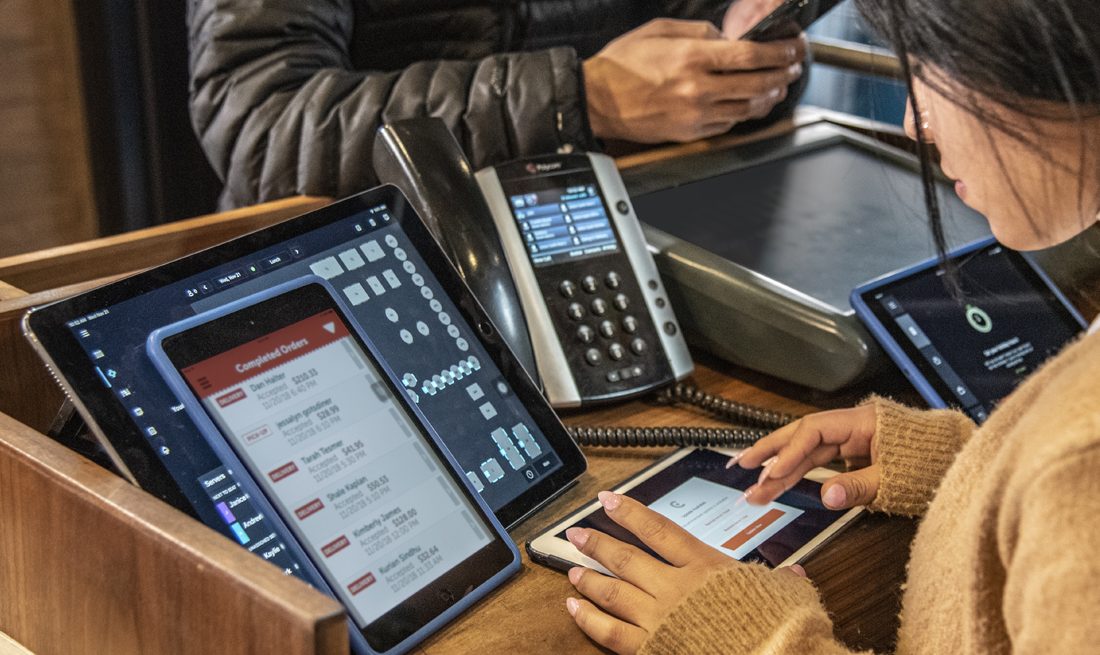The Secret of Restaurant Menus that No One is Talking About
3 Min Read By Sterling Douglass
In Chicago, everyone knows what a “Chicago-style” hot dog is: a hot dog topped with onions, relish, a pickle, tomato, sport peppers, celery salt, and mustard. Now, let’s say your restaurant sells hot dogs and uses a third-party delivery service, and an order comes in for a Chicago-style dog with ketchup and no pickle. Yes, it may be taboo in Chicago to add ketchup, but since the customer is always right, let’s say you agree to key in the order anyway. In your POS system, “Chicago-style” isn’t just a button you can press — you have to list out the ingredients the order requests and skip the ones that they don’t want. This might sound relatively simple, until you consider that everyone else ordering from you is also ordering named products with modifiers.
If you’re like most restaurants, this can be quite the pickle (or lack thereof). However, there is a tech solution that can help: menu optimization (or, as we at Chowly call it, “menu mapping”).
What is menu mapping? It’s a tech-enabled process that keeps external versions of your menu connected to and consistent with the version that you and your staff see on your POS system, without you having to make changes to your current menu. By working with a company that offers menu mapping solutions, you can ensure order accuracy for your customers and make it simple for your staff to execute each individual order, maximizing the benefits of using third-party online ordering systems.
Wondering if your business would benefit from menu mapping? See if any of the three common situations below sound like yours.
If You’re Using Third-Party Delivery Platforms at Your Restaurant
When you’re using a third-party delivery platforms like UberEats or Doordash, it’s critical to have a menu that customers can easily follow, rather than a menu that looks like the one in your POS system. Instead of including a hot dog followed by a list of all the many toppings available, list specific dishes and then allow customers to add or subtract specific ingredients (or modify their orders to get what they want). That way, the menu will make sense to customers, and they will be less likely to get discouraged from decision paralysis and order from a different restaurant on the platform instead. With an easy-to-follow menu, customers will be encouraged to buy more, thus boosting your sales. And with menu mapping, there won’t be an obstacle between this customer-oriented menu and the one you see.
If Your Menu Centers on a Base Dish with a Number of Possible Modifiers
In the case of restaurants where one type of food is the specialty, like a pizza place, there are often complexities that come up when it comes to modifiers — different sauces, different toppings, different crusts, or, my personal favorite, different types of ranch! According to our data, which has been compiled from the millions of orders that have passed through our platform, the average menu has 600 items and modifiers. However, we’ve found that the highest volume restaurants on third-party platforms have fewer than 100. Giving customers a simplified experience with a limited number of modifiers simplifies their decision processes, increasing your conversion rate.
By implementing menu mapping, you won’t need to make compromises between giving customers a simple experience and maintaining the ability to plug orders into your POS system; what the customer sees on a menu will be linked to what you see in your POS system, allowing you to handle complicated orders without confusion.
If Your Menu Exists in Multiple Places
When different versions of your menu are listed in various places (e.g. on paper, online ordering systems, at a kiosk, in a call center, on your website, on your catering menu, and on your mobile app), it can be difficult to reconcile those other versions with the version in your POS system. Rather than conducting a massive menu structure overhaul to reconcile those versions, use menu mapping to sync the menus from all these different locations, without any hassle for you.
With new technology like menu mapping, you can cater to your customers without having to compromise functionality on your end. All it takes is a little bit of technological support, and you’ll be easily handling orders in less time than it takes to put the toppings on a Chicago-style hot dog.


